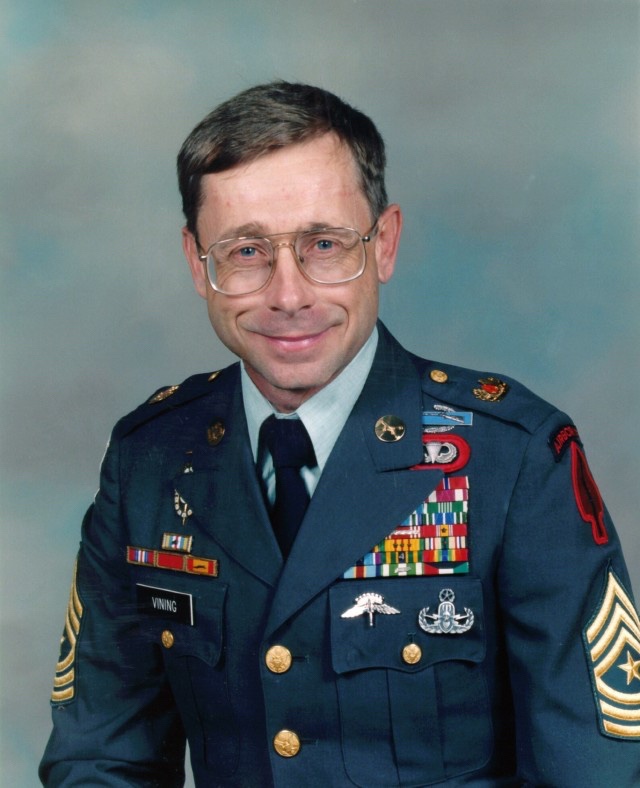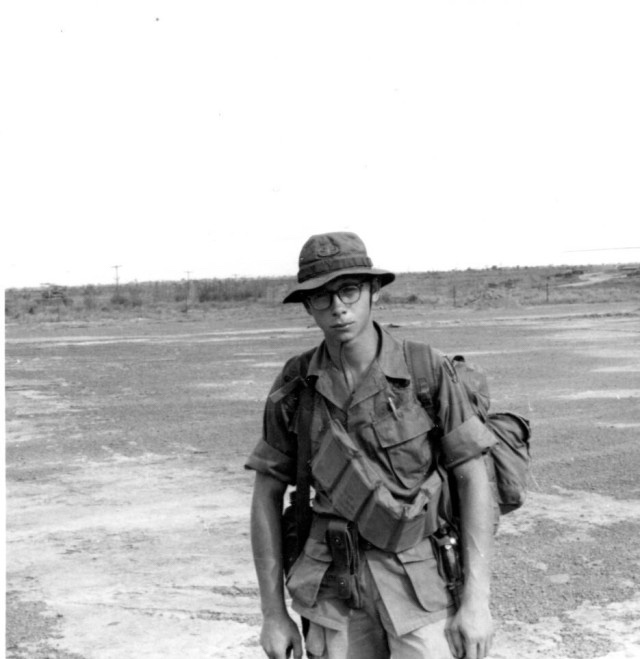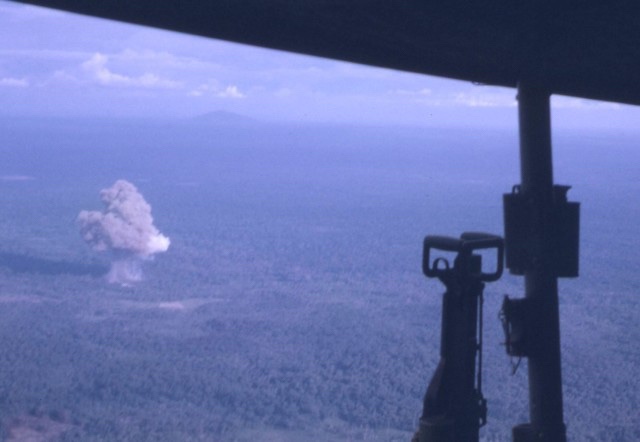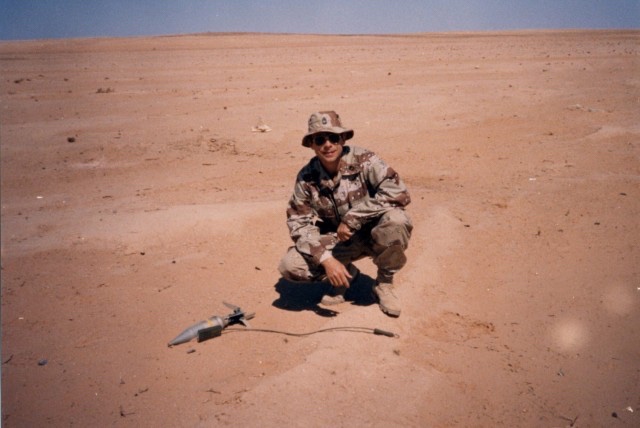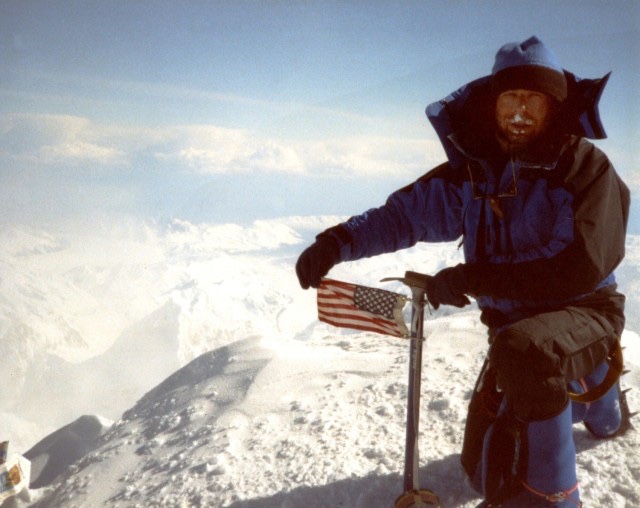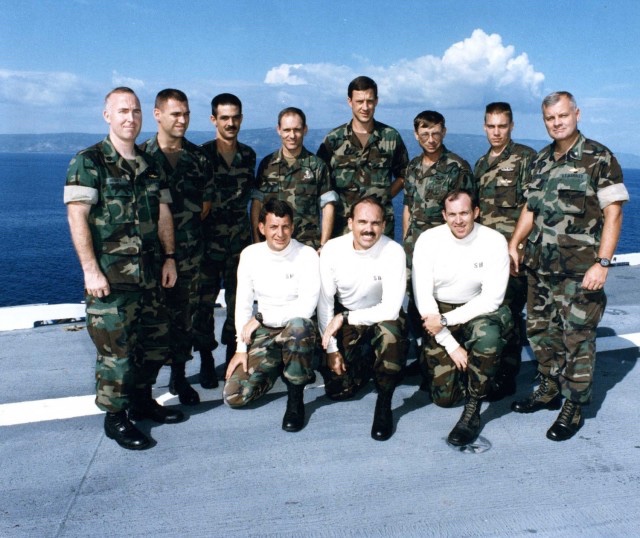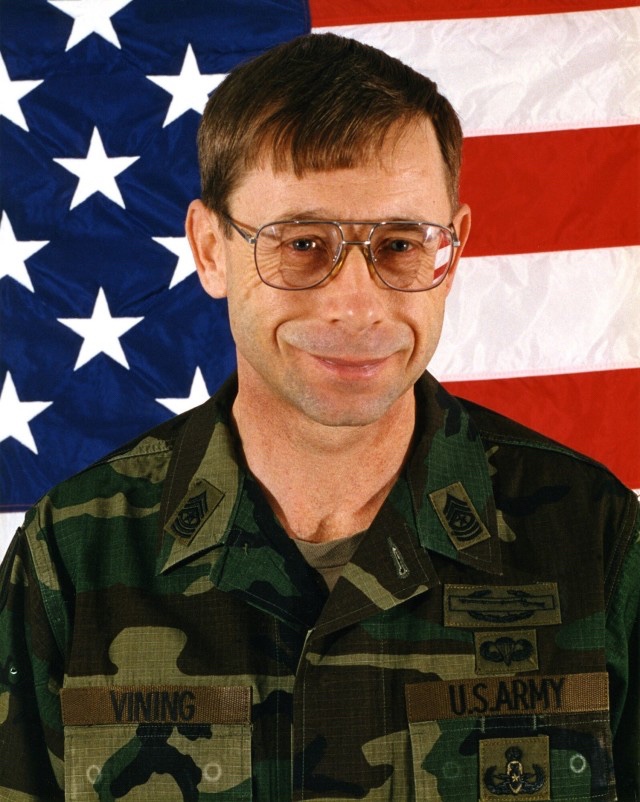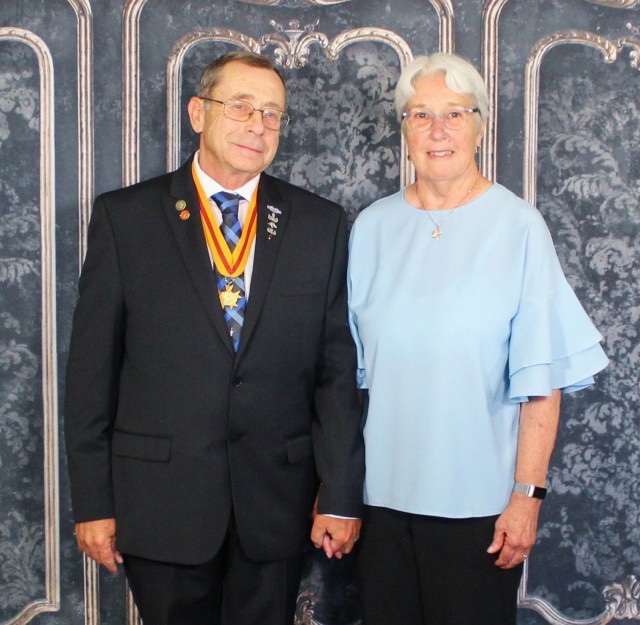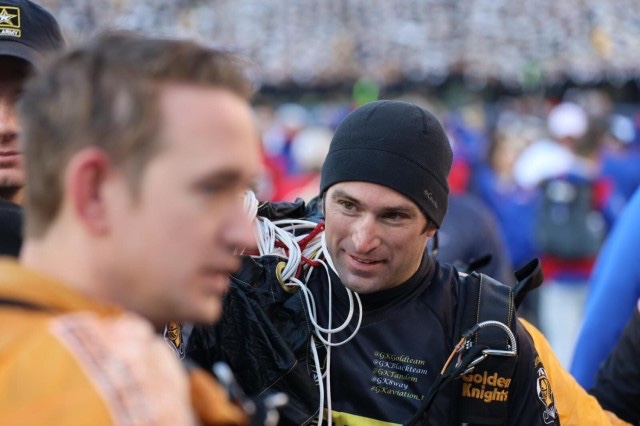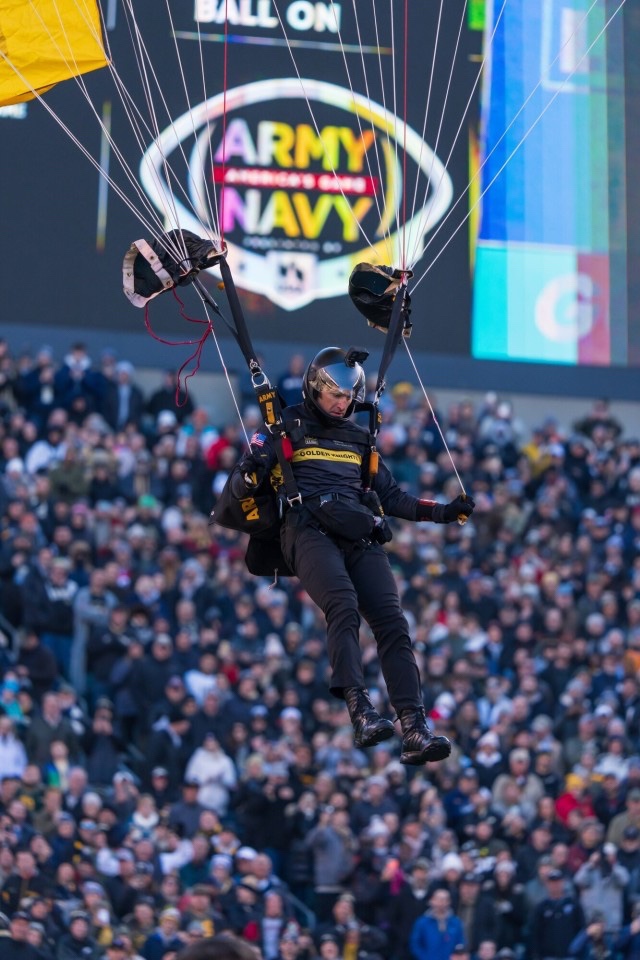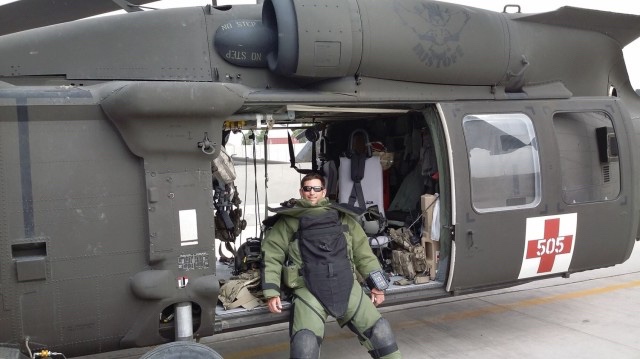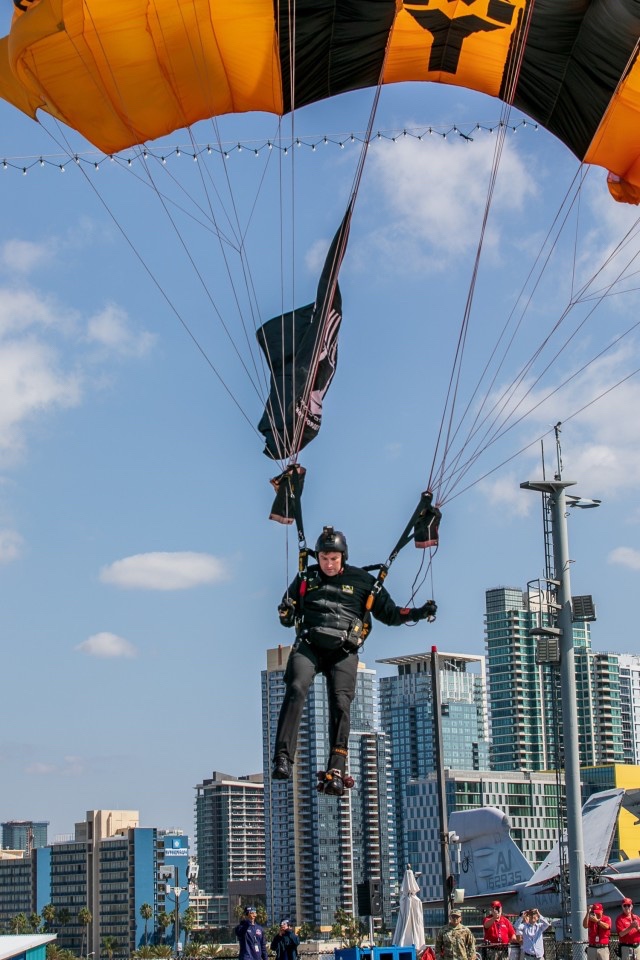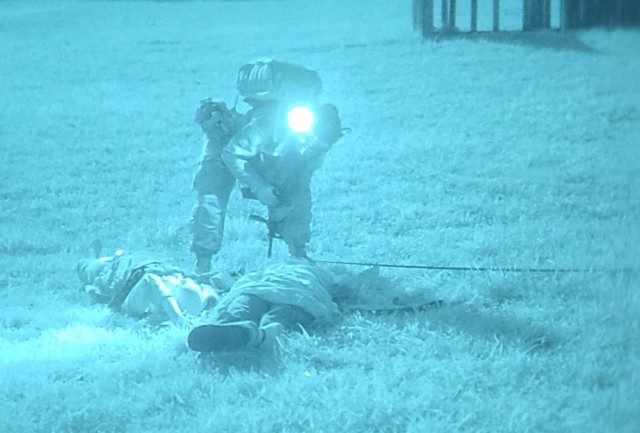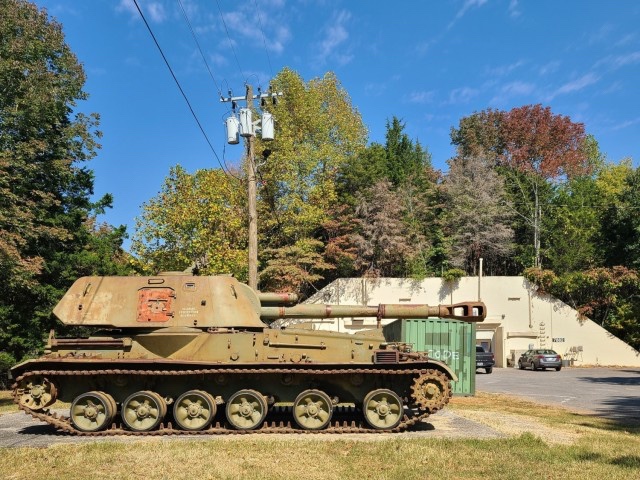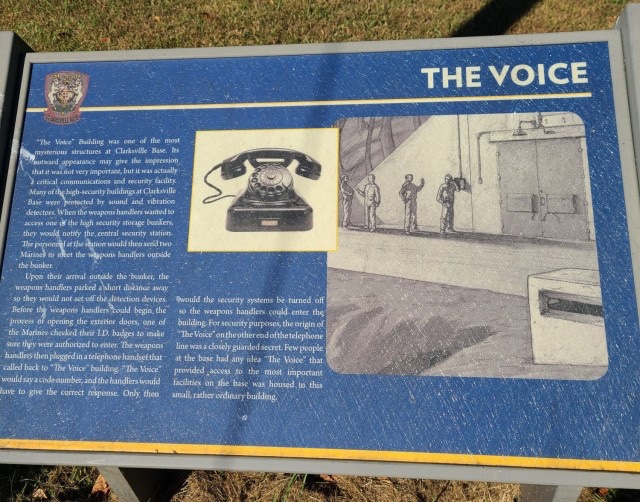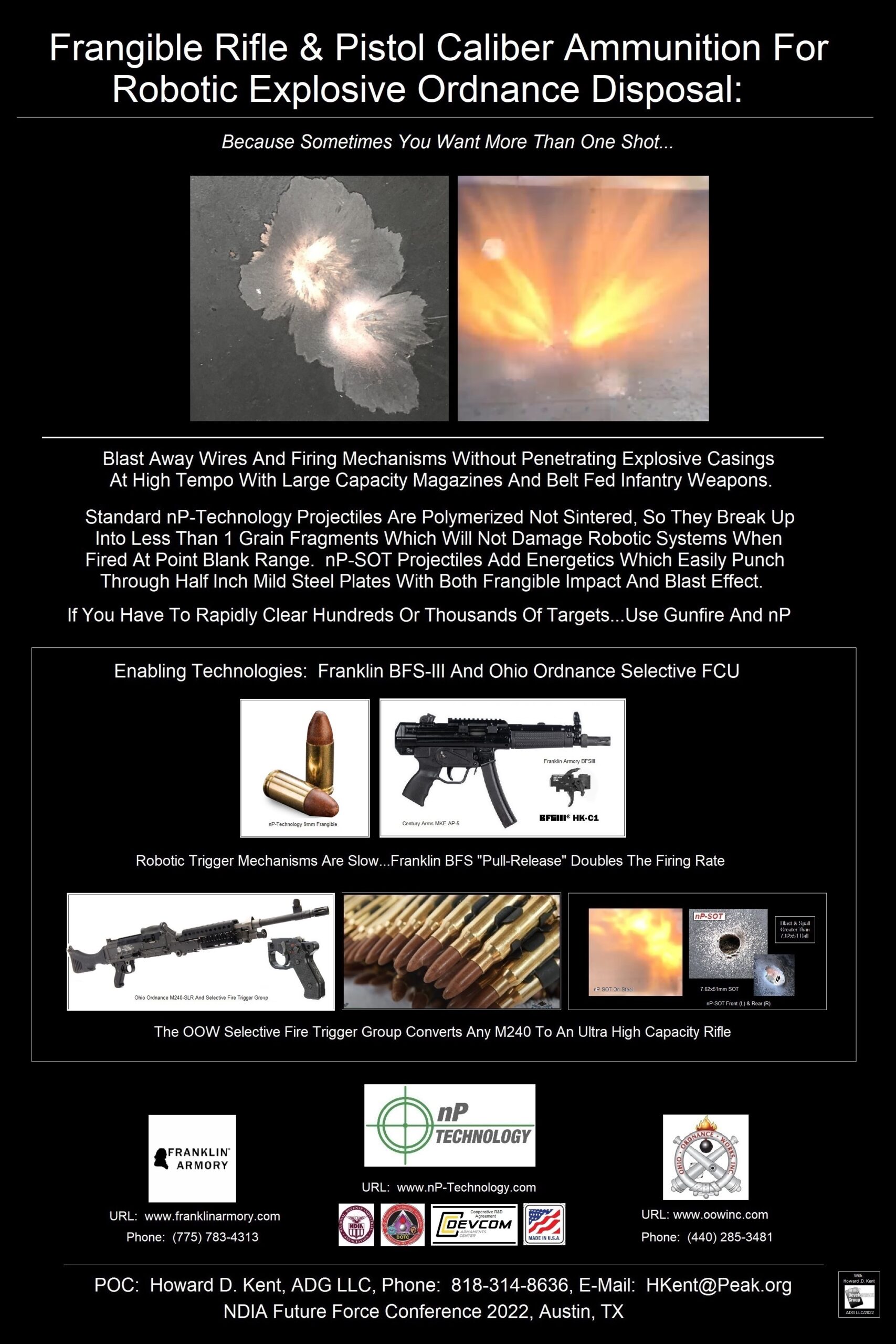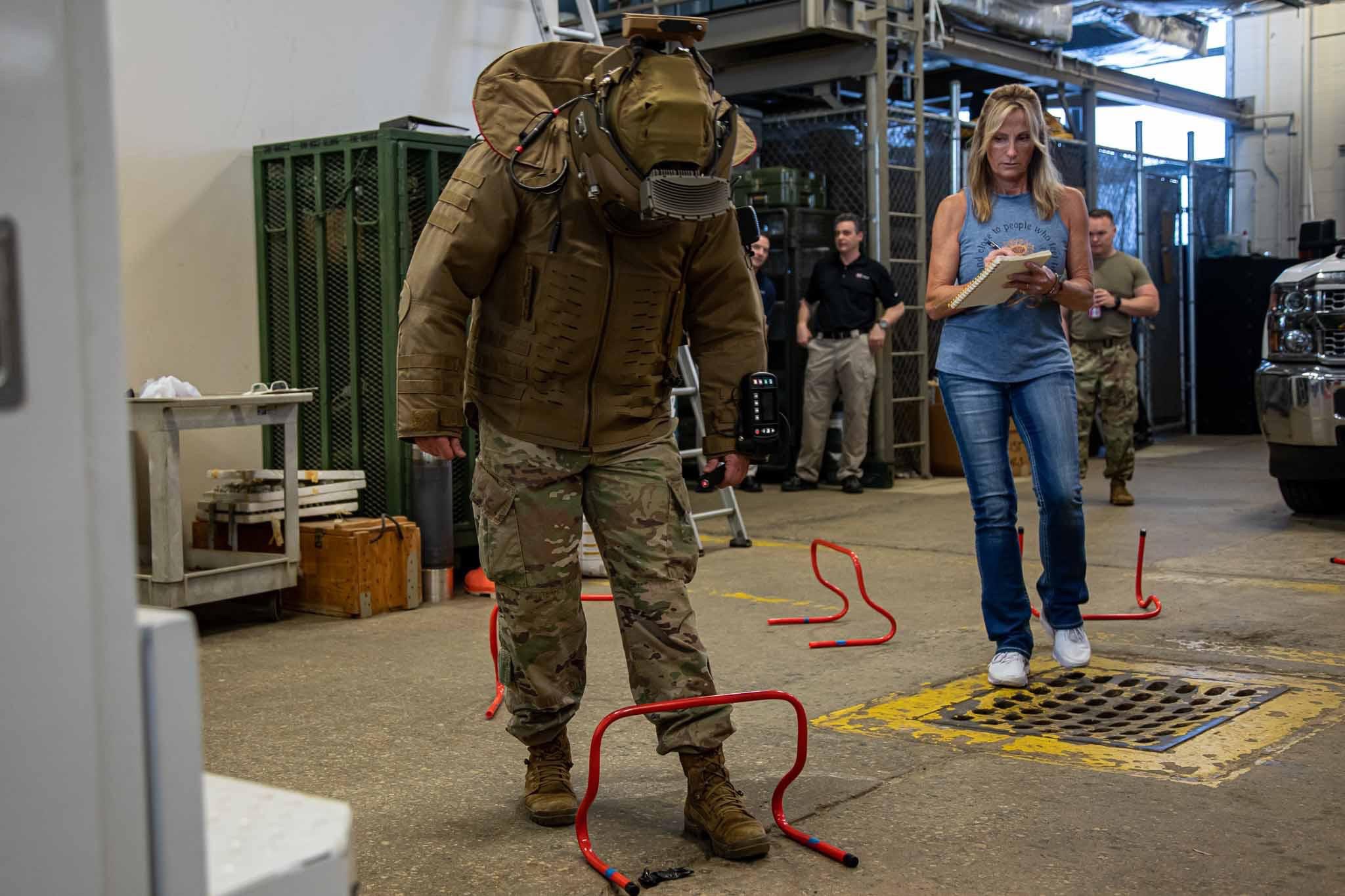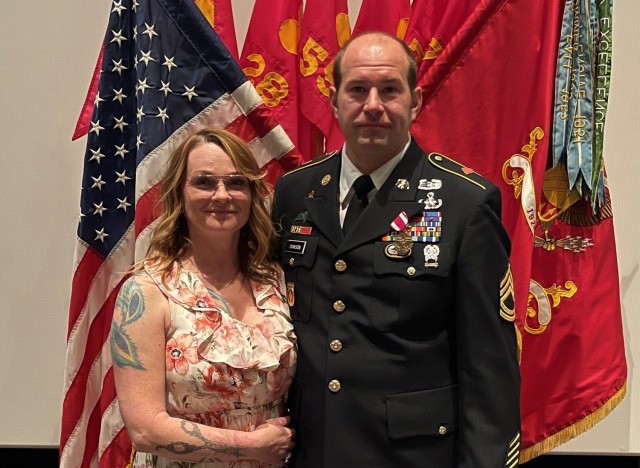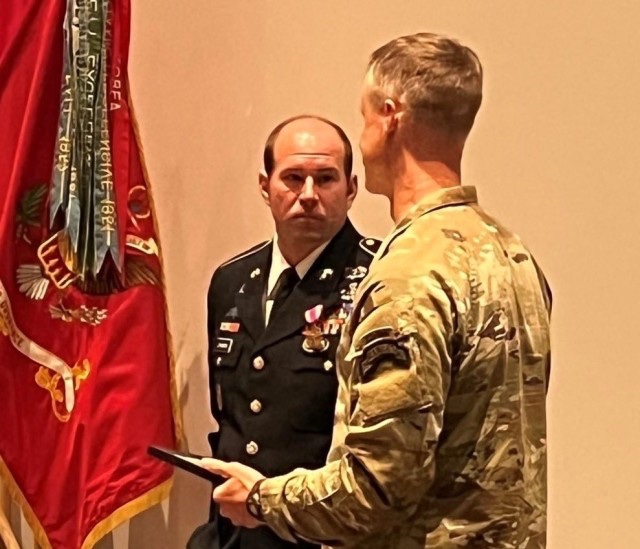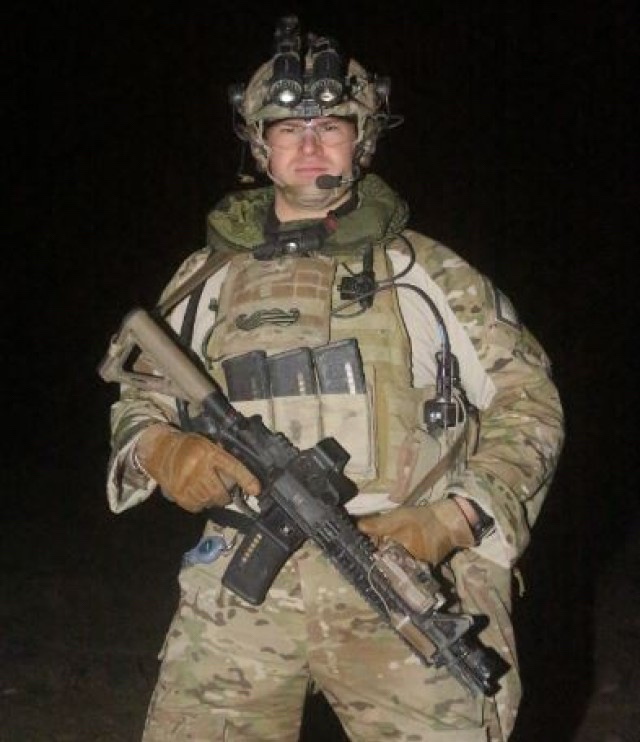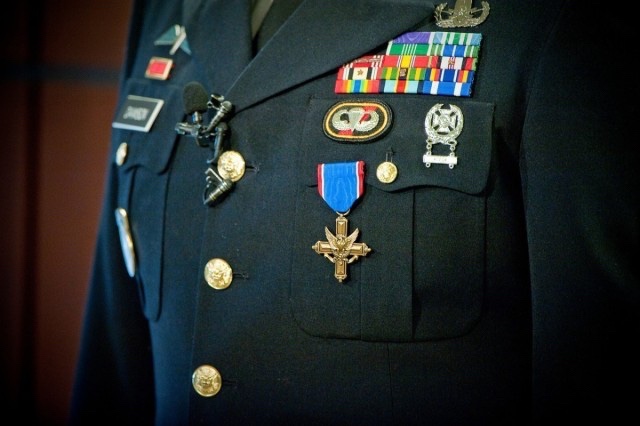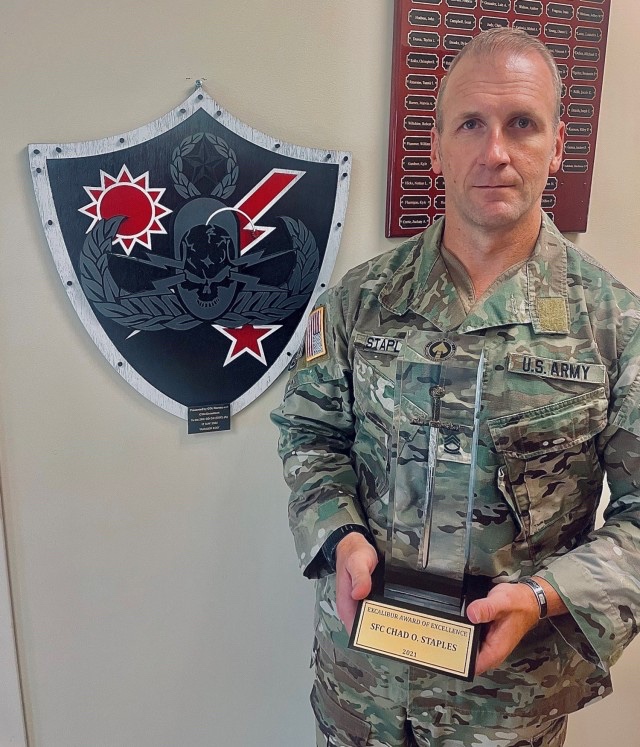
FORT BRAGG, N.C. – The senior enlisted leader for the U.S. Army’s only Explosive Ordnance Disposal company that supports the 75th Ranger Regiment earned the U.S. Special Operations Command Excalibur Award for NCO Leadership.
U.S. Army 1st Sgt. Chad O. Staples from the 28th Ordnance Company (EOD) (Airborne) was recognized for his service and leadership at the one-of-a-kind company.
The SOCOM commander established the Excalibur Award of Excellence to recognize enlisted leaders who demonstrate the “Warrior Ethos” with outstanding leadership, gallantry, integrity and moral courage during military operations or training.
Sgt. Maj. Shane W. Shorter, the U.S. Special Operations Command senior enlisted advisor, serves as the president of the Excalibur Award Board and the senior enlisted advisors from each of the SOCOM service components vote on the award.
The EOD first sergeant received the 2021 Excalibur Award in 2022 due to COVID-19 restrictions.
Staples earned the award for heroism during a compound clearance operation in Afghanistan. After an improvised explosive device (IED) detonated, he disregarded his own injuries to clear a safe path for 13 wounded U.S. and partner nation personnel. During the mission, Staples also identified three more pressure-plate IEDs and provided first aid to the wounded.
Maj. Stephen M. Knudsen, the commander of the 28th Ordnance Company (EOD) (Airborne), said it was a testament to Staples that SOCOM selected a noncommissioned officer from U.S. Army Forces Command and 20th CBRNE Command for the award.
“The company has hands down the best NCOs I’ve ever worked with,” said Knudsen, a native of Sutter Creek, California. “First Sgt. Staples is not only the company’s senior enlisted leader, he’s also a phenomenal example of the next-level leadership, mastery of craft and readiness to take the fight to the enemy that you see in every single NCO in this unit.”
Knudsen has known Staples since they were students at the EOD school more than 12 years ago when Knudsen was a 1st lieutenant and Staples was a sergeant.
“It was apparent then that he has a special, innate leadership quality about him and it’s paid huge dividends during his time as a leader at all levels in the 28th,” said Knudsen.
“In a unit that has had elements deployed in combat for the entirety of its existence, the NCO leaders are not just the backbone of the unit but the standard bearers who ensure the entire team is ready for war at a moment’s notice,” said Knudsen. “They provide motivation that keeps EOD techs moving forward to the sound of the guns. I’ve never seen Soldiers with more loyalty and trust in the first sergeant and it is 100 percent well-placed.”
A graduate of Cal Poly who has deployed to Iraq once and Afghanistan three times, Knudsen went to EOD school straight out of the U.S. Army Ordnance Corps Officer Basic Course. He said serving as the 28th EOD Company commander has been the highlight of his career.
“I enjoy working in dynamic environments and in a culture that places emphasis on problem solving and creative thinking,” said Knudsen. “I can’t think of another place in the Army that embraces those characteristics more than EOD. I can’t single out a moment in 28th as a highlight – they come every week. Just being in the building with these incredible NCOs is highlight enough. I already know I’m in the best job I’ll ever have.”
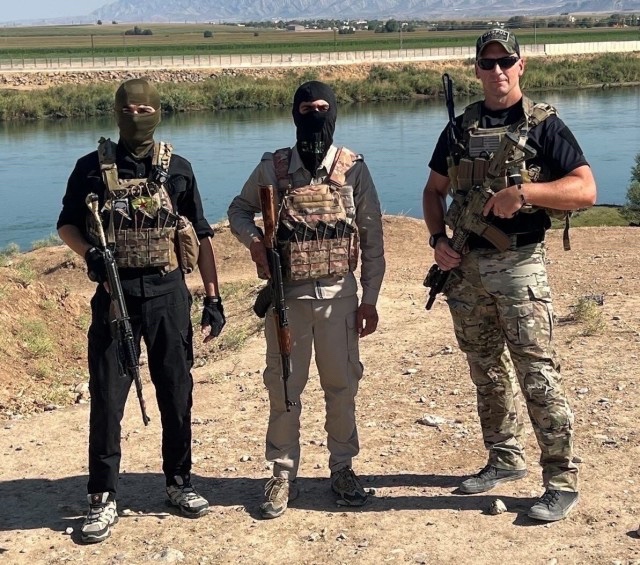
The Fort Bragg, North Carolina-based 28th EOD Company (Airborne) is part of the 192nd EOD Battalion, 52nd EOD Group and 20th Chemical, Biological, Radiological, Nuclear, Explosives (CBRNE) Command, the U.S. military’s premier all hazards command.
American Soldiers and U.S. Army civilians from 20th CBRNE Command deploy from 19 bases in 16 states to take on the world’s most dangerous hazards in support of joint, interagency and allied operations.
Staples initially enlisted as a Chemical, Biological, Radiological, Nuclear (CBRN) specialist with the Utah National Guard and served a Chemical Reconnaissance Detachment team leader in the 19th Special Forces Group (Airborne).
He decided to become an Explosive Ordnance Disposal technician and joined the active-duty U.S. Army in 2008.
“I have always had a desire to serve my country in the military but made the decision to go active as an EOD technician after talking to an Air Force EOD technician from Hill Air Force Base in Utah,” said Staples, a native of Riverton, Utah, who has deployed to Afghanistan eight times. “I felt that the 89D Military Occupation Specialty (Explosive Ordnance Disposal) would be technically demanding and fill a critical tactical role within the Global War on Terror.”
Staples spent his first deployment to Afghanistan in a conventional EOD company where he took photos and made assessments during IED post-blast analysis missions. Prior to joining the 28th EOD Company, he served with the 703rd EOD Company on Fort Knox, Kentucky, and the 759th EOD Company on Fort Irwin, California.
After being involved in multiple IED detonations and seeing the deaths of many coalition personnel and the destruction of many vehicles, Staples wanted to join an EOD company that was renowned for its professionalism and its ability to take the fight to the enemy.
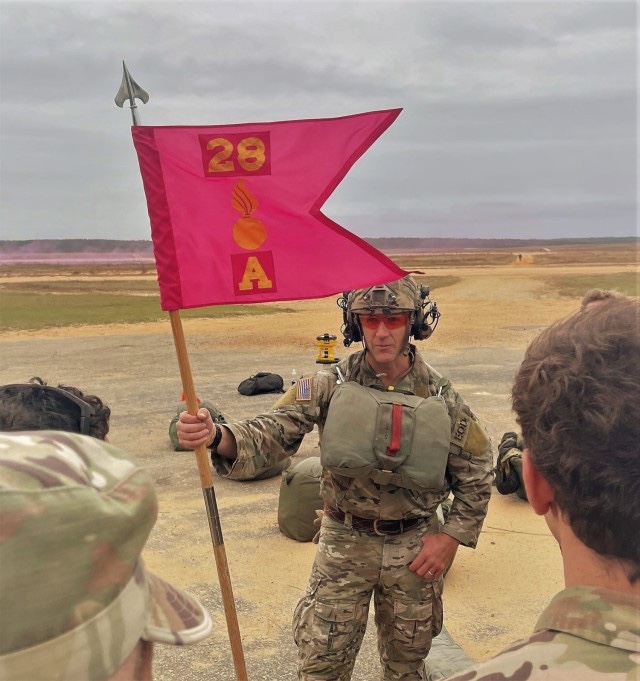
Staples has served with the Fort Bragg, North Carolina-based 28th EOD Company for almost eight years.
“The 28th operates in a challenging, high-performance environment that demands consistently high standards. 28th EOD techs always operate in demanding roles while embedded with 75th Ranger Regiment. They are all specifically screened for a position within the company based on their ability to think critically while embroiled in life-or-death situations,” said Staples.
Built to support U.S. Army Rangers and other SOCOM units, the 28th EOD Company has quietly earned numerous awards during decades of combat operations. The unit’s EOD technicians have successfully conducted more than 5,200 operations in Iraq, Syria and Afghanistan to date. During the Global War on Terrorism, 28th EOD Company Soldiers have earned 32 valorous awards, including two Distinguished Service Crosses and 21 Purple Hearts.
The 28th EOD Company first sergeant said his EOD techs must be able to think on their feet and respond to ever-changing circumstances in the crucible of combat.
“As a leader, it is crucial to assist all personnel in growing already specified characteristics,” said Staples, who added that he hopes to become an EOD Group command sergeant major in the future. “One of the most critical areas to continue the consistent individual and team success is a decentralized command. Done right, it can promote initiative and creativity.”
Staples said there were many highlights to earning the prestigious SOCOM leadership award.
“First and foremost, it highlighted the extremely dynamic and dangerous mission set that everyone in the company is tasked with,” said Staples. “There is always an air of mystery to the 28th EOD Company due to the classified nature of the mission set. This allowed conventional EOD a chance to see and hear a small snip of what everyone in the company is capable of accomplishing any time they are tasked.
“Along with showcasing the company, the opportunity for my family to attend the award ceremony was paramount,” said Staples. “Time and time again my wife and children have watched me leave, never knowing where I was going or what the missions entailed. They have been and always will be the foundation of who I am and why I serve in the military.”
By Walter Ham


